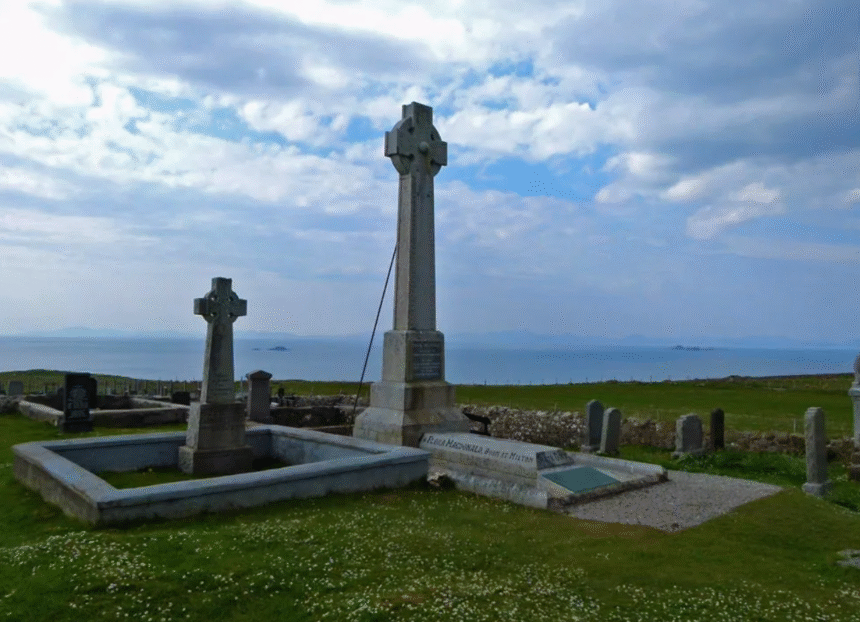Scotland is renowned for its rich culture, stunning landscapes, and the enduring bravery and loyalty of its people. The country produced many public figures whose legacies have endured for centuries. Robert the Bruce, Willian Wallace, and Robert Burns are some popular ones, while the list contains hundreds of names.
A name among them is Flora MacDonald, whose courageous actions are inspirations for many today. Although she couldn’t change the outcome of the Jacobite Rebellion, she famously helped Bonnie Prince Charlie escape after the Battle of Culloden in 1746. This discussion aims to discuss the lifespan of this brave lady. Before we talk about her, let us have an overview of the Jacobite Rebellion making her a heroine of Scottish history.
Historical Context: The Jacobite Rebellion
Scotland was freed in 1314 from the English throne, thanks to Robert The Bruce. It remained in a state of war until the Jacobite Rebellion. It was a series of conflicts that continued for almost half a century. Prince Charles Edward was the one who was leading this Jacobite but lost during the Battle of Culloden. He had no option other than saving his life but English troops were desperately hunting him. This is where Flora MacDonald emerged as a symbol of courage.
Symbols of Scottish identity, like tartan kilts, gained profound political significance during this period. In addition to being a traditional garment, the tartan was a symbol of clan loyalty and resistance to British authority. In an effort to surpass Highland culture and insurrection, the British administration even outlawed the wearing of Highland clothing. However, individuals like Flora MacDonald, who put everything on the line for the Jacobite cause, were timeless representations of the same culture that the tartan eventually came to represent.
Flora MacDonald: Early Life and Values
Flora MacDonald was born in 1722 in the MacDonald family in Milton on the island of South Uist. Her family was Scottish Gaelic speaking. She was the daughter of a small landholder but the clan MacDonald itself was a powerful one then. Her family backed the English throne during the Jacobite wars but later she decided to help Prince Charles Edward.
The Escape of Bonnie Prince Charlie
After the defeat of the Jacobite, Bonnie Prince was on a run to escape from the English troops. A significant amount of 30,000 pounds was set upon his capture. He got to the island of Benbecula in the Outer Hebrides. Flora was already there to visit her family.
She met Prince Bonnie because of her sympathetic feelings for the Jacobites. She agreed to assist him and left Benbecula on June 27th. Prince pretended to be an Irish maid named “Betty Burke.” They landed at Kilbride, Skye, where they lived at Flora’s relative’s home. Prince continued his journey as an Irish maid and escaped to France. Flora, unfortunately, got arrested for treason and sent to the Tower of London and released later.
Aftermath and Legacy
In 1747, she was released under the Act of Indemnity, which pardoned many involved in the Jacobite cause. She returned to Scotland, her fame already growing. There she married Allan MacDonald and emigrated to North Carolina. They had a happy life there and an event of Loyalist militia arose. McDonald fought in favor of the British, as a result, they lost property and got captured there. Flora was injured and returned to Scotland in 1779 physically weakened.
Death and Final Years
Flora MacDonald, who had suffered in America, lived out her last years in Scotland, on the Isle of Skye. Despite her financial difficulties and ill health, she was nonetheless respected for her courage. She was laid to rest in Kilmuir Cemetery after she died in 1790. Her burial came to represent Scottish bravery and devotion. Because it is a narrative of honor, defiance, and dedication to a cause that has lost its way, Flora’s story continues to inspire.
Conclusion
Flora MacDonald serves as a sign of bravery even 3 centuries after her death. She was not a notable figure until the Jacobite Rebellion. Her fate saw a change when she decided to help Prince Charles Edward escape after a decisive defeat. She was arrested for helping him, got released, and moved to America for a specific duration. She died at the age of 68, physically weakened, but her story continues to inspire people facing hardships today.














